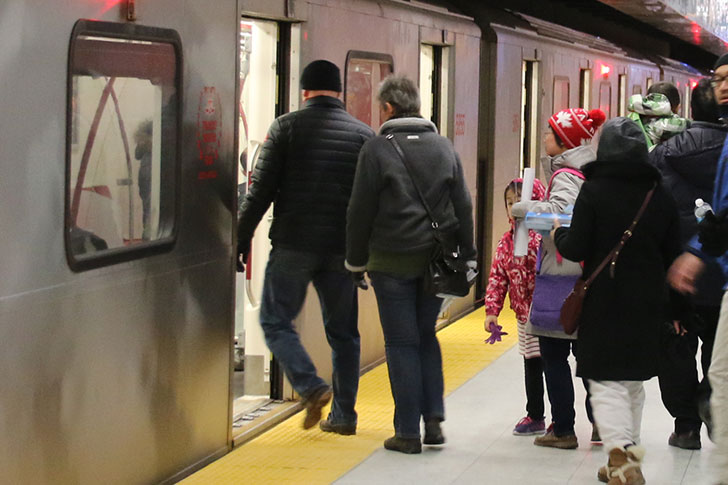Yonge North Subway Extension
building for the future
Project overview: The Metrolinx-led Yonge North Subway Extension [YNSE] will extend the TTC’s Line 1 service north from Finch Station to Vaughan, Markham and Richmond Hill. The project includes five stations along an extension of roughly eight kilometres.
York Region’s investment: York Region Rapid Transit Corporation [YRRTC] works with stakeholders to support continued advancement of the YNSE, including oversight of York Region’s capital investment of $1.12 billion for this project.

- YNSE Steeles Station Scope - YRRTC Board resolution [May 25, 2022]
- Yonge North Subway Extension – Update [June 10, 2021]
- Yonge North Subway Extension – Update [May 28, 2020]
- Advancing the Planning and Design for the Yonge North Subway Extension [June 29, 2017]
- Advancing Planning and Design for the Relief Line and Yonge North Subway Extension [May 24, 2017]
Read our previous project updates.